Wash Lighting Display Stage
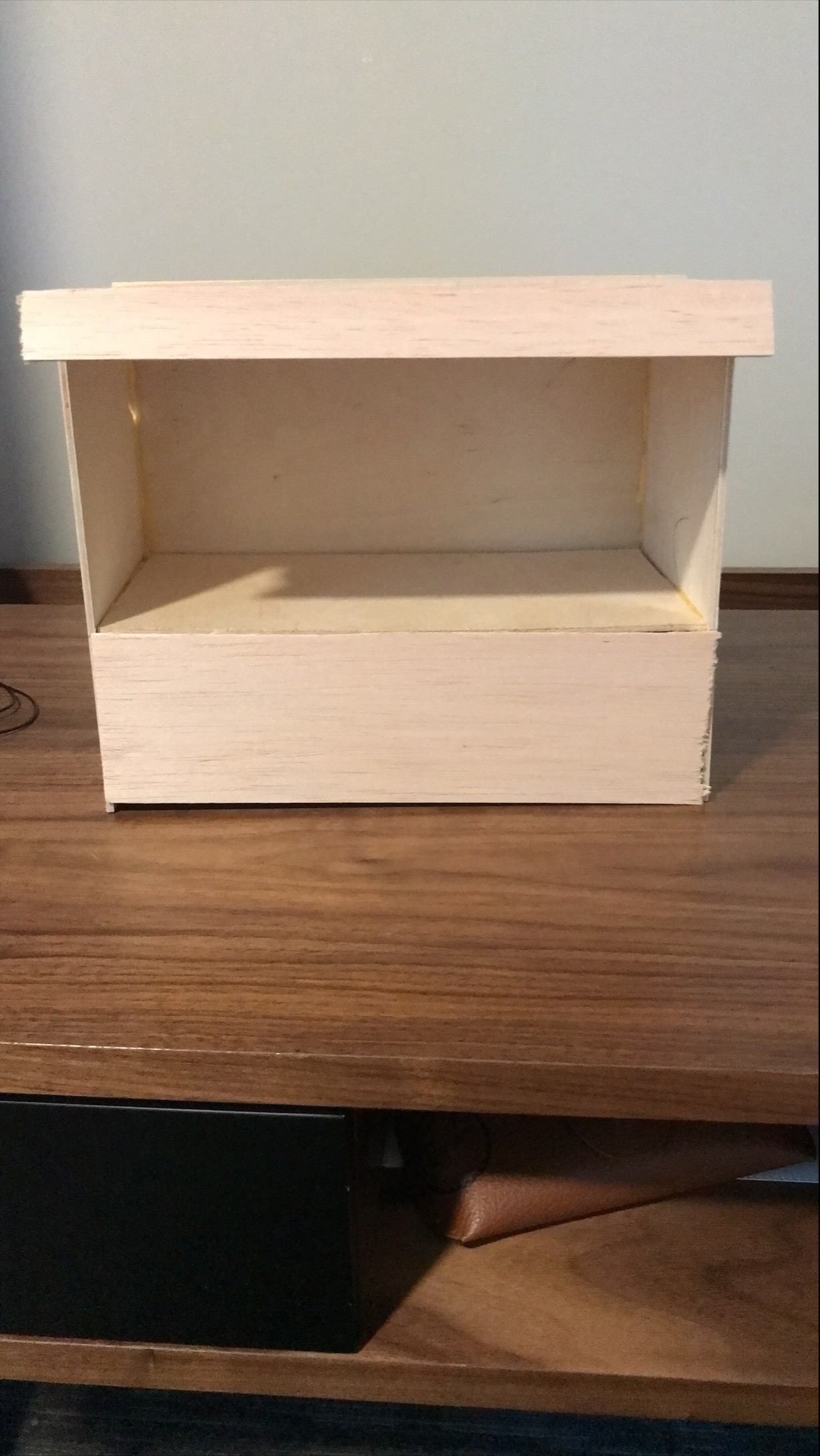.png)
In this project we will be creating an affordable, easy-to-build, miniaturized theatre stage for the purpose of demonstrating the flood lighting technique. This stage can be adapted to show other lighting techniques as well with a few simple changes.
Supplies
The tools that you will need:
- Saw
- Ruler
- Pencil/Pen
- Clamp x 2
The building materials and parts we will use:
- Wood: (1/8"x 12" x 24") x 2 and (1/16" x 4" x 18") x 1 (any type of wood will work here) https://www.hobbylobby.com/Crafts-Hobbies/Paintin...
- Wood/Super Glue https://www.hobbylobby.com/Crafts-Hobbies/Model-Ki...
- Toy Car (Something like a Hot Wheels car) https://www.hobbylobby.com/Party-Baking/Party-Supplies/Favors/Pull-Back-Cars/p/53556
- LED Light Strip https://www.amazon.com/DAYBETTER-Flexible-Changing...
-
2+ 5" x 10" Cardboard piece for backgrounds (reusing old cardboard from bi is advised here)
Preparing Your Materials

It is important to properly measure out how you will cut the wood before actually cutting.
The stage will use these pieces of wood:
2 4.8" x 8" for the side walls
1 6.23" x 10.2" for the top
2 4.8" x 10" for the stage and the base of the theatre
1 3" x 10" for the front of the stage
1 0.5" x 10.2" to help angle the lights
1 8" X 10.2" for the back of the stage
Use a pencil and ruler to help mark where to cut. Don't forget that it is always easier to take away than it is to add, so err on the side of too large for the more precise cuts.
Cutting Each Part

Now that all of the parts have been measured and marked, it is time to cut out and assemble each part. As you can see from the picture we used a panel saw to cut our wood, however any regular saw will do.
Always start by clamping down the wood so that there is no movement when you start cutting. If you are uncertain on how to use a saw, make sure to look up some tutorials online and always practice good saw safety.
Assembly Part 1
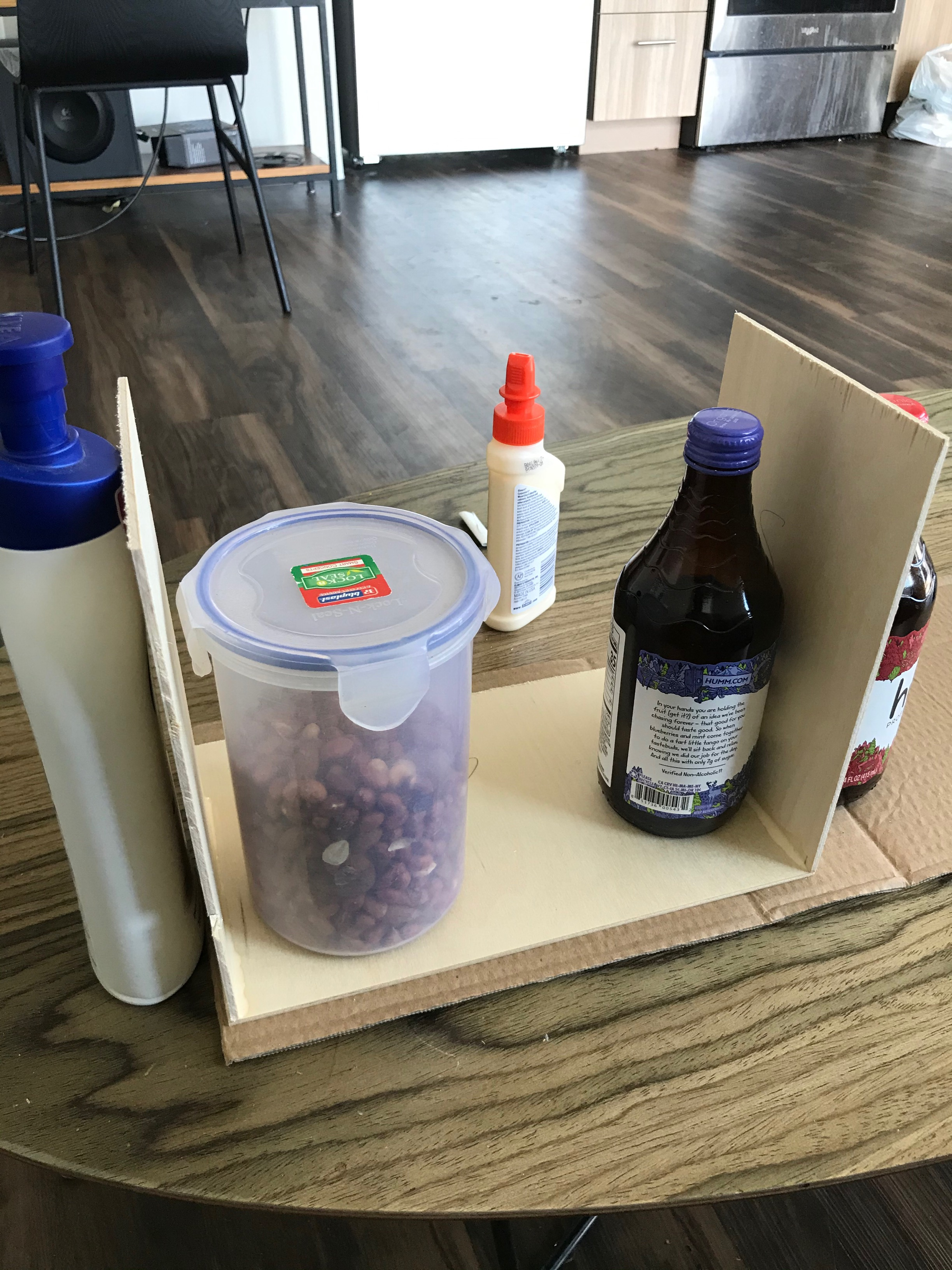.png)

Now that we have all the pieces, it is time to build the stage.
- Start with the roof of the stage, and glue the short side of the 2 side walls to the sides of the top. There will be a small overhang.
- Use any weighted items, such as books, and bottles to help support the parts as the glue dries as shown in the first picture.
- Glue this dried piece against the back piece and wait for it to dry, it should look like the second picture.
Assembly Part 2
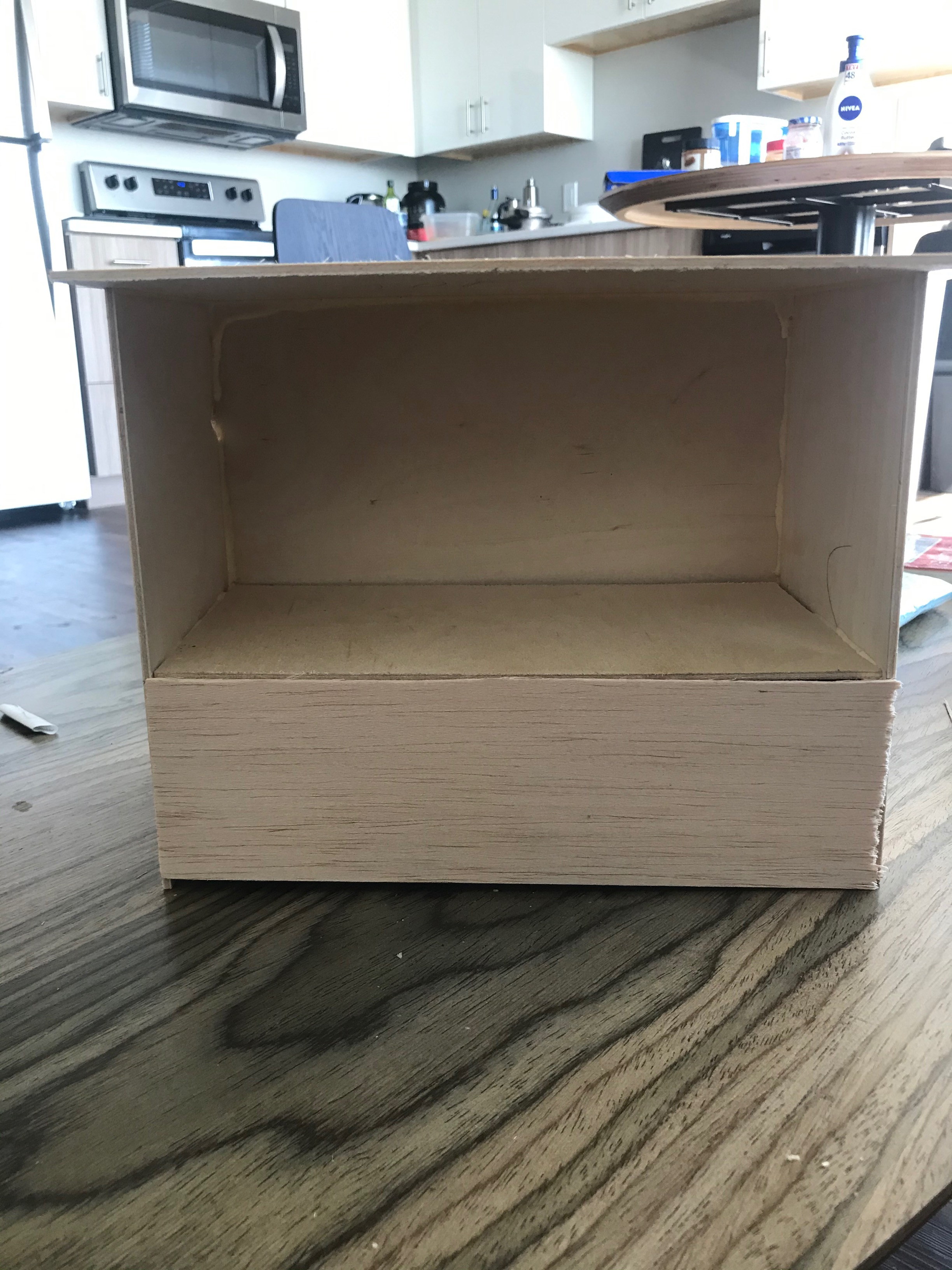.png)
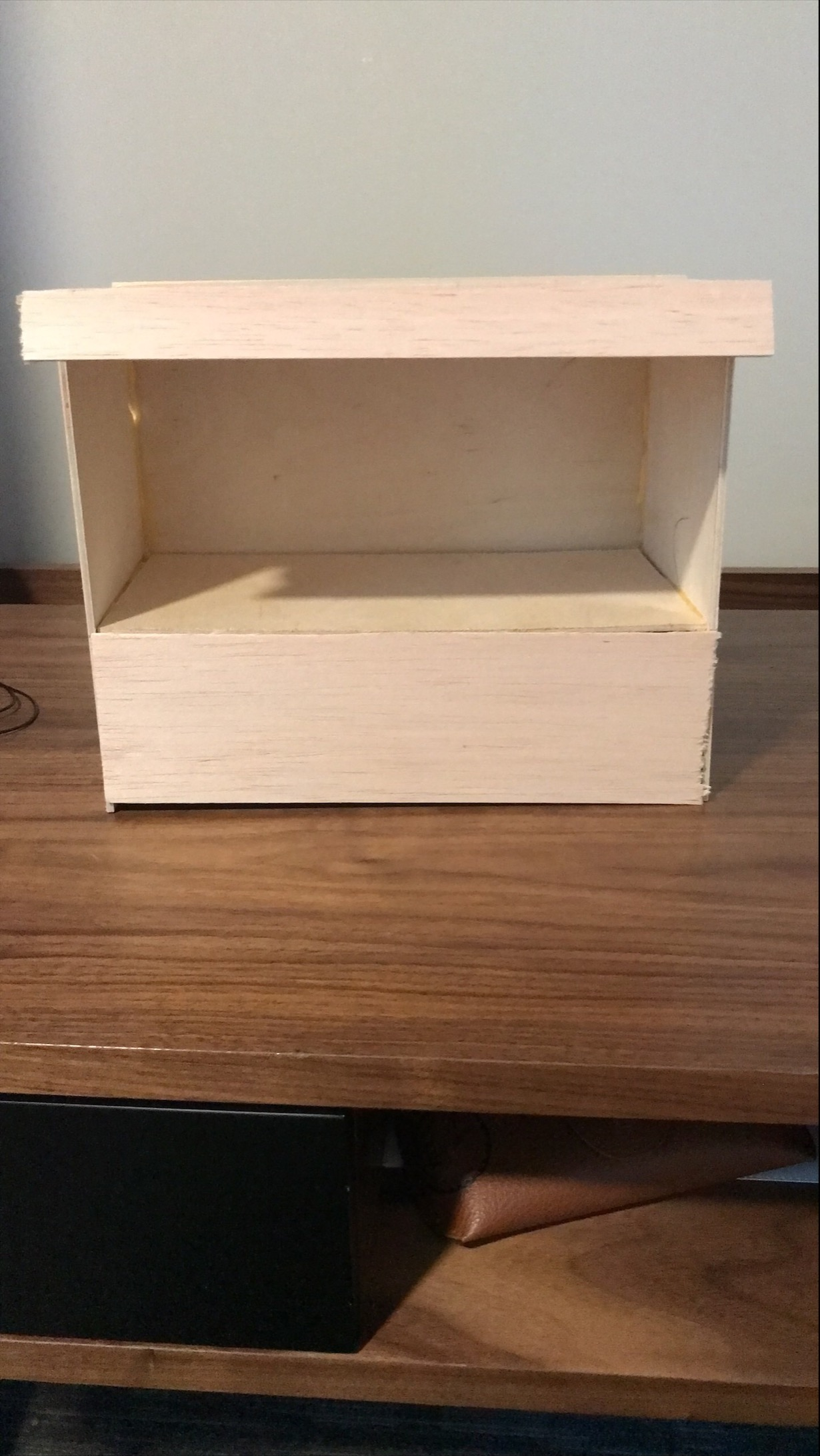.png)
- Take the bottom of the stage and glue the front of the stage so that it is perpendicular to the bottom.
- Glue the stage itself onto the top of the the stage front so that the stage base and stage are parallel.
- Once the 2 pieces are both dried, slide the piece from step 3 over the piece from step 5, so that it looks like the first picture above.
- Take the light mounting wooden piece and glue it at a 35-45 degree angle. The end result should look similar to the second picture
Adding the Lights
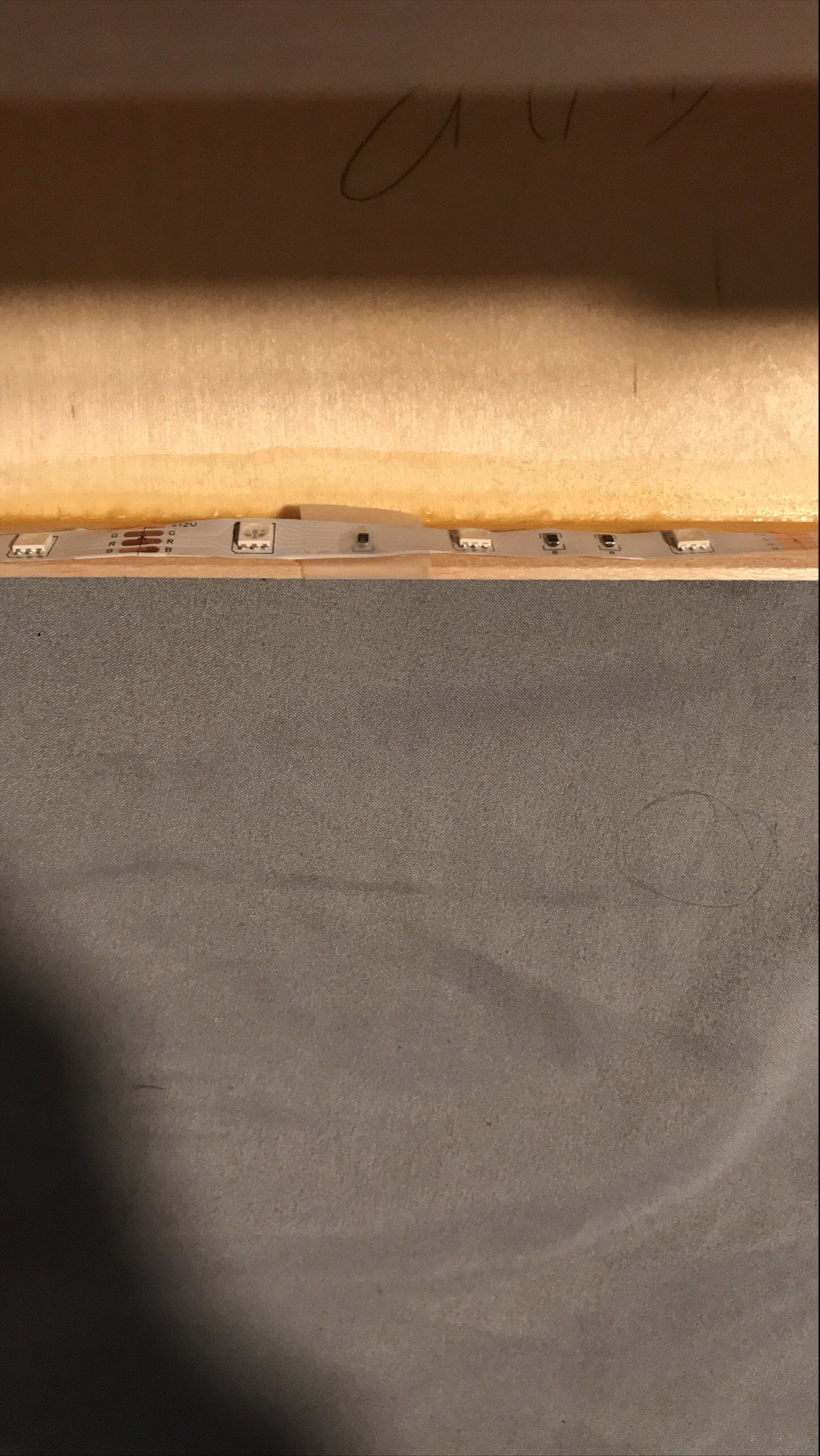.png)
.png)
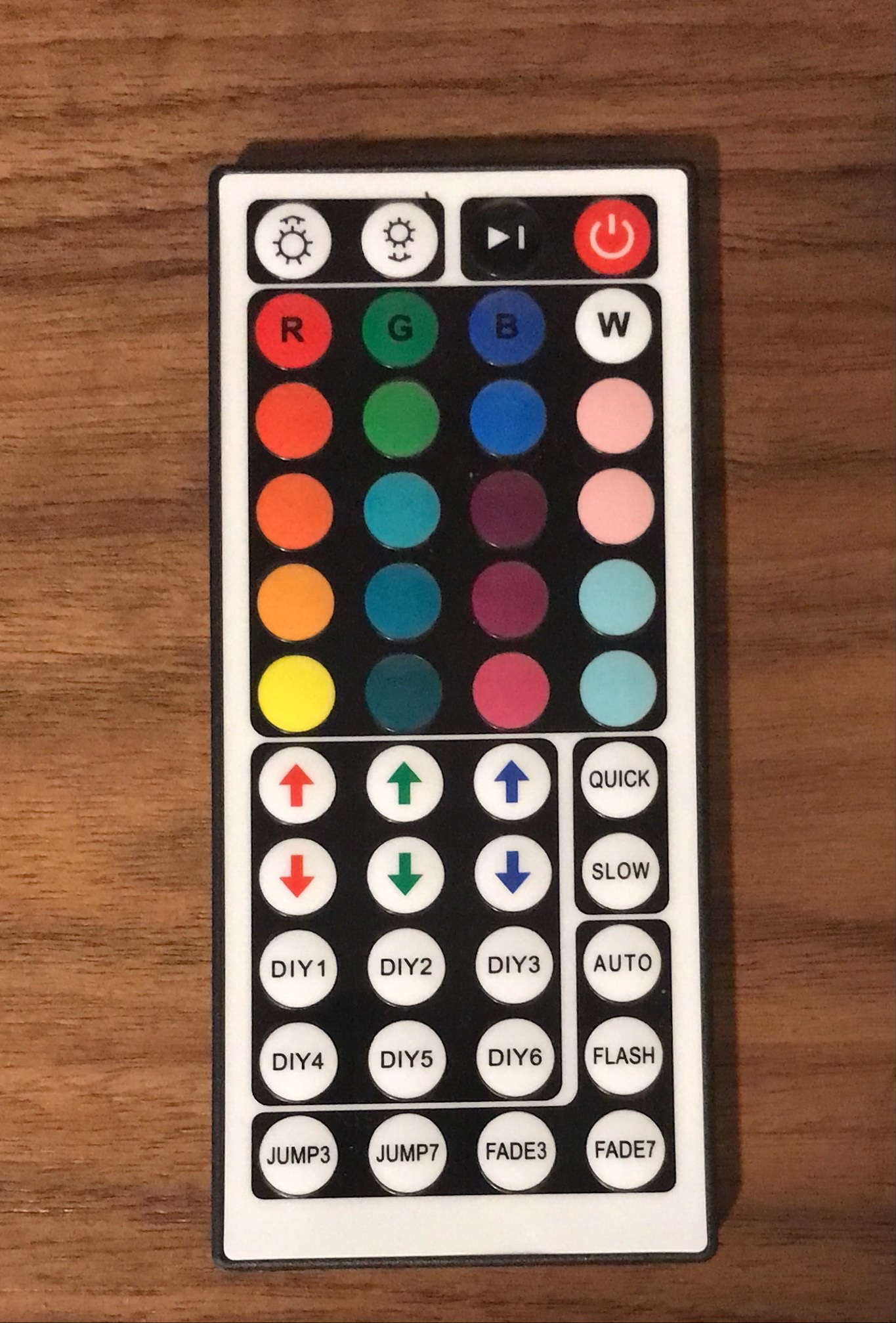.png)
Now at that the stage is set, we need to add the lights. Strip LEDs generally have an adhesive strip on the back than can allow them to be placed onto the mounting piece that we glued in the previous step. An example of how the LED strip is mounted can be seen in the first picture.
If your LED strip does not come with an adhesive back, tape is a good substitute as shown in the second picture.
The wiring can be routed along the outside of the stage and connected to the nearest outlet.
Once plugged in, place the car onto the stage, dim the lights and turn on the LEDs. You can observe how the light diffuses evenly across the stage and sets the tone of the stage. Attached is an example of what the stageshoul look like.
If you have the LED strip with a remote to control the light color and brightness, this "washing" effect is even more apparent, and it is easier to see how this wash lighting can be used to set the tone of a stage. For example, by using the remote to create a bright, light green color, one might be able to evoke feelings of spring. It is a good idea to play around with your remote to see the color and brightness range and further explore the effects of light on stage.
Downloads
Extra Idea: Adding Themed Backgrounds
This is an optional idea if you have any cardboard lying around from ordering too many items like me!
Using the cardboard pieces as the base, you can print any sort of dense, themed wallpaper and paste it onto the cardboard using glue. When slotting these backgrounds in, try different colors of light to see what colors really mesh well with which backgrounds. For example, when using a Rainforest background, I found that a light red color on the flood lights really added an element of mystery and excitement to the scene.
If your lights can change intensity I would also experiment with that as well.
Complete!
Congratulations, you have completed the flood lighting technique display stage!
Here are some other ways you can use this stage:
- Add a digital control element to finely control color and brightness instead of using a remote
- Replace the LED strip lighting with a more focused light to explore other lighting techniques
- Try lighting from multiple angles such as from below or the stage corners
- And so much more!